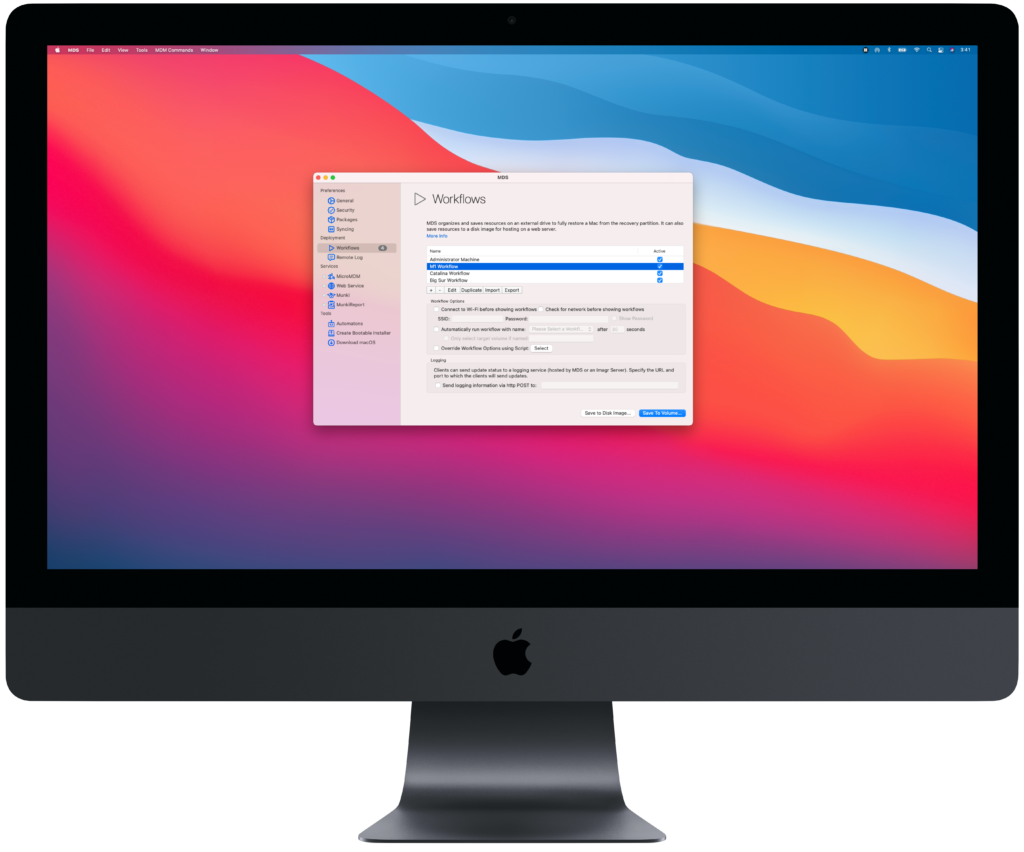
#Create a mac image for deployment download
Upon opening the Patcher Tool, you’ll want to click Continue until you see this screen and can click Download a Copy.
#Create a mac image for deployment full
Download DosDude’s Catalina Patcher Tool to aid in downloading a full macOS Catalina installer.Download the latest version of AutoDMG (linked to above).This will take up roughly 30 GB of storage, so be prepared. You not only have to download the full macOS Catalina installer, you also have to copy it onto a DMG, and then create the final deployable DMG. First of all, make sure you’re performing this on a computer with plenty of free space.After reading through some of the reported issues with the latest beta, it was suggested that creating a DMG with the Catalina installer on it, then mounting said DMG and using the Catalina installer from that will resolve the issue. However, if you try and create a DMG like normal using AutoDMG, you’ll get an error suggesting that ist is not present in the Catalina installer (which isn’t true). According to the release notes, it supports creating DMGs of macOS Catalina. The key here is using the latest beta version of AutoDMG (at the time of writing this, it is v1.10b587). The writing is on the wall that being said, I still have a lot of non-T2 chip machines which makes this worthwhile.

Also, remember that this will not work on machines with a T2 chip. However, thanks to an updated version of AutoDMG, DeployStudio lives again.Īs far as the steps to deploy an APFS image to a machine using DeployStudio, refer to the other article, nothing has changed.

This is because of Catalina’s unique method of partitioning the APFS container into multiple sections, including both a read-only system volume and a writeable data volume.

With the release of Catalina, I had figured this method of preparing machines would end. Back in March, I authored a post on using DeployStudio to image the latest macOS releases that utilized APFS formatting.


 0 kommentar(er)
0 kommentar(er)
